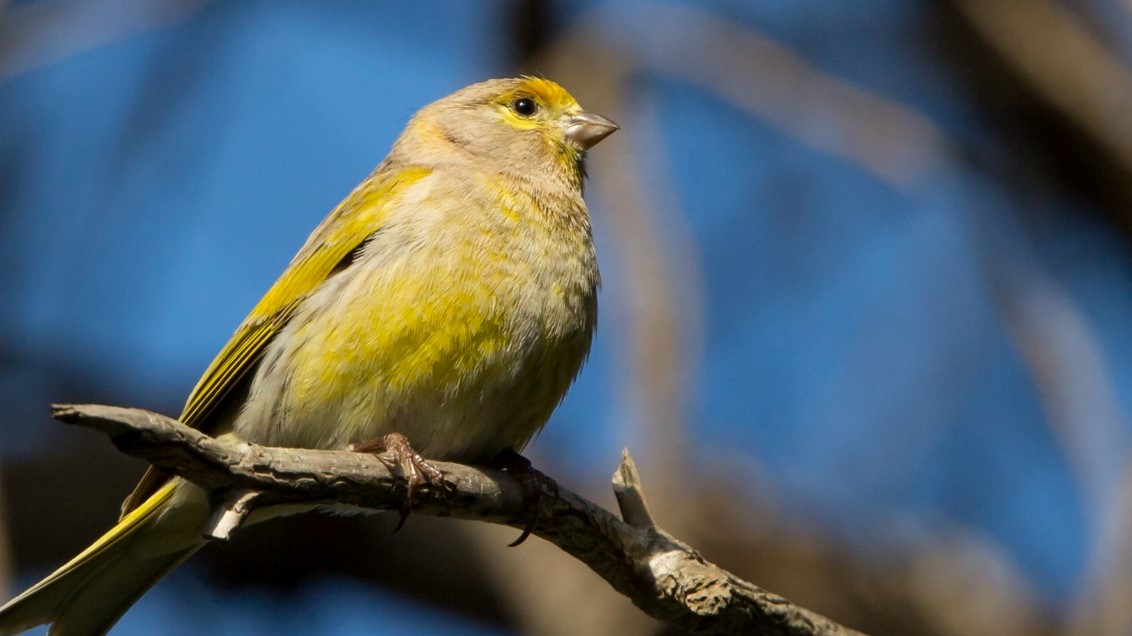Lebanon has a wide variety of habitats including the Mediterranean coastline and coastal plains leading up to the Mount Lebanon mountain range which runs north-south through the country. Further east lies the Beqaa Valley with areas of wetland in the center around Aammiq and Anjar. There is semi-desert in the north around Ras-Baalbek, and to the west of the Beqaa Valley are the anti-Lebanon mountains.
The eastern Mediterranean Flyway passes straight through Lebanon, which for its small size, has a very diverse avifauna. European and Middle Eastern species are well represented, and the country’s location may explain why so many vagrant species have been recorded.
What to expect:
We pickup from any hotel in Beirut
Birds watching in Lebanon, it is the ideal territory for a large number of regional specialties including Chukar Partridge, local birds being intermediate between the subspecies Cypriotes and Synaia. Syrian Serins can be found at various locations across the country and this globally vulnerable species commonly breeds in Lebanon. Lebanon is one of the few Middle Eastern countries that has a breeding population of Eurasian Blue Tits.
Other key breeding species include Short-toed Snake Eagle and Long-legged Buzzard, pairs of which can be found in nearly every village. Stone Curlews, Cream-colored Coursers and Penduline Tits breed in the northern Beqaa Valley, the latter also breeding at Anjar. The semi-desert areas in the north Beqaa Valley also produce interesting species that are more typical of a drier climate, with Desert Lark and Tem Minck’s Lark being observed in recent years. Horned Larks are very common in the mountains (the bicornes subspecies, now included in penicillate, was at one time considered a separate species).
This activity ends back at the meeting point.
What’s included.
- Air-conditioned vehicle
- Binoculars
- Guidebook
- All Fees and Taxes
What’s not included.
- Outdoor and camera equipment
Accessibility
- Not wheelchair accessible
Additional information
- Confirmation will be received at time of booking.
- Not recommended for travelers with back problems.
- Not recommended for pregnant travelers.
- No heart problems or other serious medical conditions.
- Most travellers can participate.
- Age between 14 to 99 years old.
- This experience requires good weather. If it’s cancelled due to poor weather, you’ll be offered a different date or a full refund.
- This is a private tour/activity. Only your group will participate.

